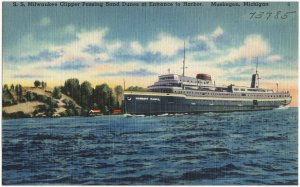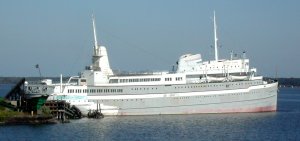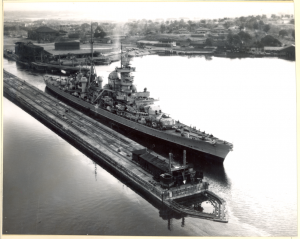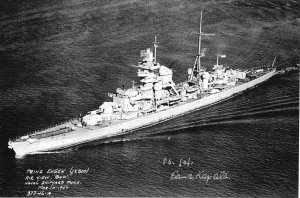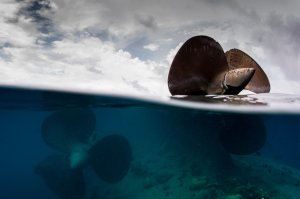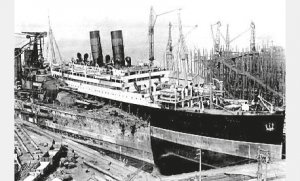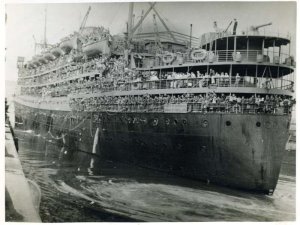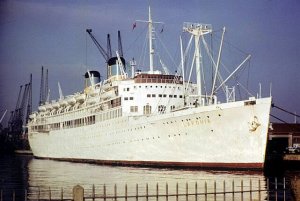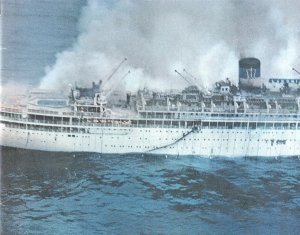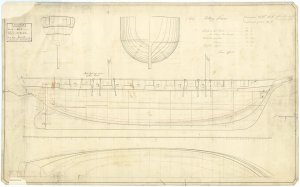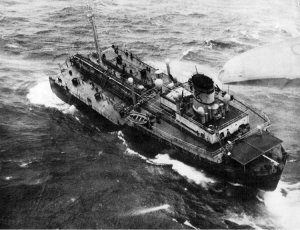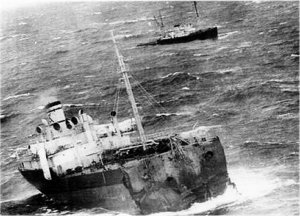Today in Naval History - Naval / Maritime Events in History
22 December 1810 - HMS Minotaur (74), Cptn. John Barrett, wrecked on the North Haaks, Texel.
HMS Minotaur was a
74-gun third-rate ship of the line of the
Royal Navy, launched on 6 November 1793 at
Woolwich. She was named after the mythological
bull-headed monsterof
Crete. She fought in three major battles - Nile, Trafalgar, and Copenhagen (1807) - before she was wrecked, with heavy loss of life, in December 1810.
Class and type:
Courageux classship of the line
Tons burthen: 1723 (
bm)
Length: 172 ft 3 in (52.50 m) (gundeck)
Beam: 47 ft 9 in (14.55 m)
Depth of hold: 20 ft 9 1⁄2 in (6.3 m)
Propulsion: Sails
Sail plan:
Full rigged ship
Armament:
- Gundeck: 28 × 32-pounder guns
- Upper gundeck: 28 × 18-pounder guns
- QD: 14 × 9-pounder guns
- Fc: 4 × 9-pounder guns
 The shipwreck of the Minotaur
The shipwreck of the Minotaur, oil on canvas, by
J. M. W. Turner
Career
On 26 September 1795
Minotaur and
Porcupine recaptured
Walsingham Packet. The French corvette brig
Insolent, of 18 guns and 90 men, had captured
Walsingham Packet, which was sailing from Falmouth to Lisbon, on 13 September.
Insolent narrowly escaped being herself captured at the recapture of
Walsingham Packet, getting into
Lorient as the British ships came into range.
Minotaur fought at the
battle of the Nile in 1798, engaging the
Aquilon with
HMS Theseus and forcing her surrender. In the battle
Minotaur lost 23 men dead and 64 wounded.
After the French surrendered
Rome on 29 September 1799, Captain
Thomas Louis had his barge crew row him up the
Tiber River where he raised the Union Jack over the Capitol.
In May 1800,
Minotaur served as the flagship of Vice-Admiral
Lord Keith at the
siege of Genoa. On 28 April, the squadron captured the
Proteus, off Genoa.
 Scale: 1:48. Plan showing the body plan, sheer lines with modifications to the gun ports, and longitudinal half-breadth for 'Minotaur', a 74-gun Third Rate, two-decker, building at Chatham, similar to 'Tremendous' (1784) under repaired at Chatham Dockyard. Signed by William Rule [Surveyor of the Navy, 1793-1813].
Scale: 1:48. Plan showing the body plan, sheer lines with modifications to the gun ports, and longitudinal half-breadth for 'Minotaur', a 74-gun Third Rate, two-decker, building at Chatham, similar to 'Tremendous' (1784) under repaired at Chatham Dockyard. Signed by William Rule [Surveyor of the Navy, 1793-1813].
On 8 January 1801
Penelope captured the French bombard
St. Roche, which was carrying wine, liqueurs, ironware, Delfth cloth, and various other merchandise, from Marseilles to Alexandria.
Swiftsure,
Tigre,
Minotaur,
Northumberland,
Florentina, and the schooner
Malta, were in sight and shared in the proceeds of the capture.
She was present at the landings in
Aboukir Bay during the invasion of Egypt in 1801 where she lost a total of three men killed, and six wounded. Because
Minotaur served in the navy's Egyptian campaign (8 March to 8 September 1801), her officers and crew qualified for the clasp "Egypt" to the Naval General Service Medal that the
Admiralty authorised in 1850 to all surviving claimants.
On 28 May 1803
Minotaur, in company with
Thunderer, and later joined by
Albion, captured the French
frigate Franchise.
Franchise was 33 days out of
Port-au-Prince, and was pierced for twenty-eight 12-pounder guns on her main deck and sixteen 9-pounders on her quarterdeck and forecastle, ten of which were in her hold. She had a crew of 187 men under the command of Captain Jurien.
Minotaur was present at the surrender of the French garrison at
Civitavecchia on 21 September 1804. She shared the prize money for the capture of the town and fortress with
Culloden,
Mutine,
Transfer, and the
bomb vessel Perseus. The British also captured the French polacca
Il Reconniscento.
Minotaur, under Captain
Charles John Moore Mansfield, participated in the
Battle of Trafalgar. There she was instrumental in capturing the Spanish ship
Neptuno, although
Neptuno's crew recaptured her in the storm that followed the battle.
Minotaur was towards the rear of Nelson’s wing of his fleet at Trafalgar. Mansfield pledged to his assembled crew that he would stick to any ship he engaged "till either she strikes or sinks – or I sink". Late in the battle he deliberately placed
Minotaur between the damaged
Victory and an attacking French ship; he was later awarded a sword and gold medal for his gallantry. Both are now in the National Maritime Museum.
In 1807
Minotaur served as the flagship of Rear-Admiral
William Essington at the
battle of Copenhagen.
Then on 25 July, during the
Anglo-Russian War, 17 boats from a British squadron under the command of Captain
Charles Pater, consisting of
Minotaur,
Princess Caroline,
Cerberusand
Prometheus, attacked a flotilla of four Russian gunboats and a brig off
Aspö Head near Fredrickshamn in the
Grand Duchy of Finland,
Russia (present-day
Hamina,
Finland). Captain Forrest of
Prometheus commanded the boats and succeeded in capturing gunboats Nos. 62, 65, and 66, and the transport brig No. 11. The action was sanguinary in that the British lost 19 men killed and 51 wounded, and the Russians lost 28 men killed and 59 wounded.
Minotaur alone lost eight men killed and had 30 wounded, of whom four died of their wounds on the next day or so. In 1847 the Admiralty issued the Naval General Service Medal with clasp "25 July Boat Service 1809" to surviving claimants from the action.
Cerberus then moved to the Mediterranean in 1810.
 Scale: 1:48. Plan showing the framing profile (dispostion) for building 'Minotaur' (1816), a 74-gun Third Rate, two decker, at Chatham Dockyard. Initialled by William Rule [Surveyor of the Navy, 1793-1813].
Shipwreck
Scale: 1:48. Plan showing the framing profile (dispostion) for building 'Minotaur' (1816), a 74-gun Third Rate, two decker, at Chatham Dockyard. Initialled by William Rule [Surveyor of the Navy, 1793-1813].
Shipwreck
Whilst sailing from
Gothenburg to Britain, under the command of
John Barrett,
Minotaur in darkness and heavy weather struck the Haak Bank, or
Razende Bol, on the
Texel off the
Netherlands, then part of the
First French Empire, in the evening of 22 December 1810, after becoming separated from her consorts, HMS
Plantagenet and
Loire.
Minotaur got stuck in the sand, rolled on her side and quickly made water. It was decided to cut all the masts to lighten the ship; this destroyed some of the boats. By the early morning, the ship had nevertheless sunk deeper, flooding the forecastle. Waves pounded the hull. Around 08:00, the hull split asunder. The crew, taking refuge on the poop deck, tried to evacuate on a remaining launch and two yauls. Thirty-two men escaped on a yaul. When they reached the Dutch coast, this inspired another eighty-five to use the launch; they too reached the shore. Captain Barrett, together with about a hundred men, then tried to escape with the remaining yaul but it was swamped and all drowned. Around 14:00, the
Minotaur turned completely, drowning the remaining crew. The 110 of her crew that had taken to her boats informed the Dutch authorities of the disaster. Another twenty survivors were rescued by a pilot vessel. The authorities placed the survivors under custody and refused to dispatch more rescue vessels until the following morning. The rescue party found however that apart from four men who had reached shore by clinging to wreckage, no survivors remained on the vessel or in the surrounding water. The death toll therefore was between 370 and 570 men.
[10][20] All survivors were taken to France as prisoners of war.

The
Noorderhaaks bank, in the mouth of
the Texel, is today an island
Three and a half years later, when the prisoners were released, the customary court martial decided that the deceased pilots were to blame for steering the ship into an unsafe position, having misjudged their location by over 60 miles because of the weather. Some of the survivors, including Lieutenant Snell, criticized the Dutch authorities for their failure to despatch rescue boats sooner. Snell stated "The launch which had brought on shore eighty-five men, was of the smallest description of 74 launches, with one gunwale entirely broken in, and without a rudder. This will better prove than anything I can say how easy it would have been for the Dutch admiral in the Texel to have saved, or to have shown some wish to have saved, the remaining part of the crew". Reports from the Dutch chief officer of the marine district of the North coast indicated that the Dutch had sent two boats out to examine the wreck site on the morning of 23 December, but the wind and the seas prevented them from approaching. Maritime historian
William Stephen Gilly concluded in 1850 that "There is not the slightest doubt but that, had the Dutch sent assistance, the greater part of the ship's company would have been saved".
Legacy
The famed landscape painter
J. M. W. Turner depicted the sinking, though the subject was not originally the
Minotaur, but a generic merchant ship. Turner had been producing sketches in preparation for the painting as early as 1805, but by the time he had completed the painting in 1810, the recent wreck of
Minotaur was a subject of much discussion. He named the painting to capitalise on this public interest.
The shipwreck of
Minotaur remains the largest ever, in terms of loss of life, on the Dutch coast, with the possible exception of the loss of
HMS Hero on 24/25 December 1811, on the same location. The tragic event, and the British accusations, made the Dutch realise that, despite the notoriously dangerous shoals in their waters, they lacked specialised equipment to save the crews of wrecked ships. In response on 11 November 1824, for the area of the Texel the
Koninklijke Noord-Hollandsche Redding-Maatschappij was founded, the first Dutch sea-rescue organisation.
Master’s mate Stephen Hilton brought home the
Union Jack from
Minotaur at Trafalgar as a souvenir, along with an Austrian flag from a captured Spanish ship. His descendants presented the flags to St Mary’s Church in Kent in 1930, where they hung until 2011 when the church sold them to the National Maritime Museum for a reported sum of £175,000. After conservation work the flag was put on display in October 2015 in the National Maritime Museum to mark Trafalgar Day. It has lost its right-hand edge, and an oblong section that may have been cut away as a souvenir, but was in surprisingly good condition. After cleaning and gently ironing out 200 years’ worth of creases and crumples it gained several centimetres, and now measures an imposing 233 x 310 cm.
The
Courageux-class ships of the line were a class of six 74-gun
third rates of the
Royal Navy. Their design was a direct copy of the French ship
Courageux, captured in 1761 by
HMS Bellona. This class of ship is sometimes referred to as the
Leviathan class. A further two ships of the class were built to a slightly lengthened version of the
Courageuxdraught. A final two ships were ordered to a third modification of the draught.
Ships
Standard group
Builder: Dudman,
Deptford
Ordered: 14 July 1779
Launched: 21 January 1783
Fate: Broken up, 1825
Builder: Clevely,
Gravesend
Ordered: 13 December 1781
Launched: 4 April 1787
Fate: Wrecked, 1798
Builder:
Chatham Dockyard
Ordered: 9 December 1779
Launched: 9 October 1790
Fate: Sold out of the service, 1848
Builder:
Woolwich Dockyard
Ordered: 3 December 1782
Launched: 6 November 1793
Fate: Wrecked, 1810
Lengthened group
Builder: Brindley,
Frindsbury
Ordered: 24 November 1802
Launched: 18 November 1807
Fate: Sold, 1838
Builder:
Deptford Dockyard
Ordered: 23 July 1805
Launched: 28 March 1808
Fate: Broken up, 1825
Modified group
Builder: Deptford Dockyard
Ordered: 30 October 1805
Launched: 23 August 1808
Fate: Sold, 1816
Builder: Woolwich Dockyard
Ordered: 30 October 1805
Launched: 3 March 1809
Fate: Sold, 1816
https://en.wikipedia.org/wiki/HMS_Minotaur_(1793)
http://collections.rmg.co.uk/collections.html#!csearch;searchTerm=Minotaur_1793;start=0
https://en.wikipedia.org/wiki/Courageux-class_ship_of_the_line Scale: 1:48. Plan showing the body plan with stern board outline, sheer lines with inboard detail, and longitudinal half-breadth for 'Ardent' (1782), a 64-gun Third Rate, two-decker, as built at Bursledon by Messrs Stares and Parsons.
Scale: 1:48. Plan showing the body plan with stern board outline, sheer lines with inboard detail, and longitudinal half-breadth for 'Ardent' (1782), a 64-gun Third Rate, two-decker, as built at Bursledon by Messrs Stares and Parsons.
 Scale: 1:48. Plan showing the body plan with stern board outline, sheer lines with inboard detail, and longitudinal half-breadth for 'Ardent' (1782), a 64-gun Third Rate, two-decker, as built at Bursledon by Messrs Stares and Parsons.
Scale: 1:48. Plan showing the body plan with stern board outline, sheer lines with inboard detail, and longitudinal half-breadth for 'Ardent' (1782), a 64-gun Third Rate, two-decker, as built at Bursledon by Messrs Stares and Parsons.




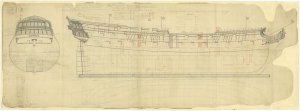



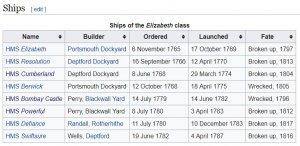

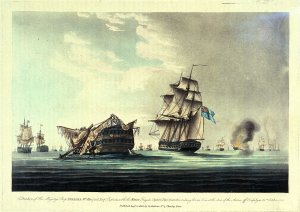


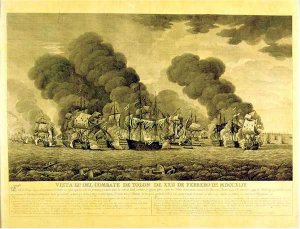
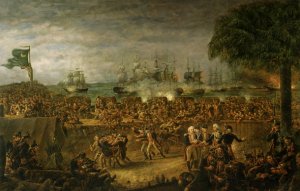
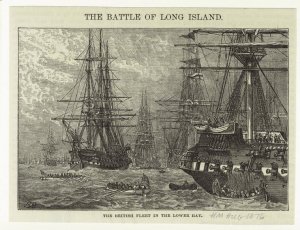
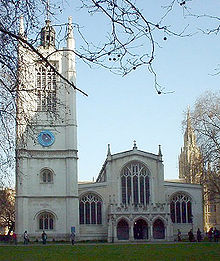

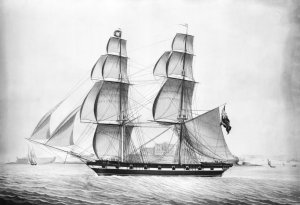
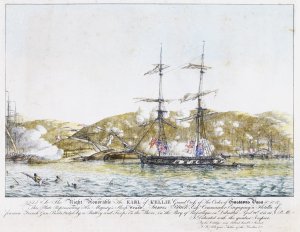







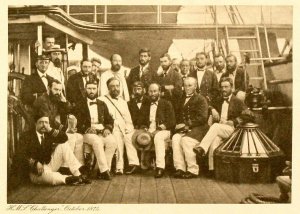
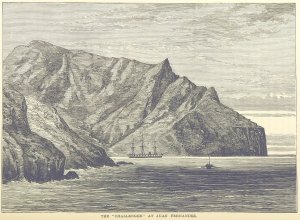






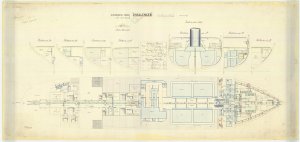








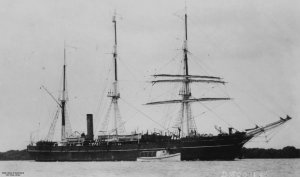




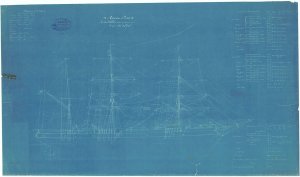

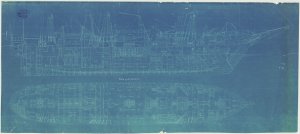







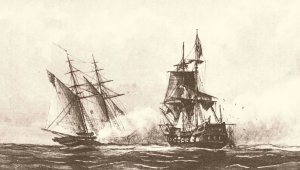

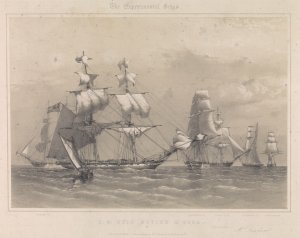










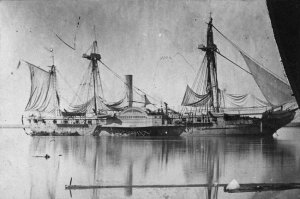
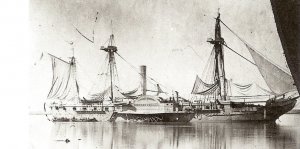










 Line
Line